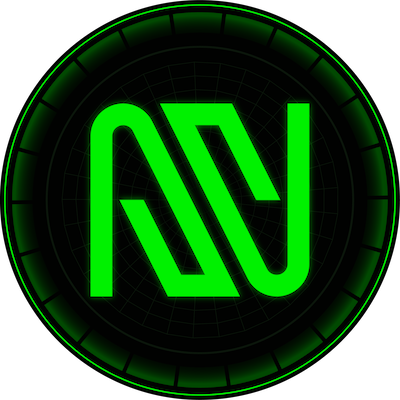The technology behind Crodie (CRODIE) is rooted in blockchain, a distributed database or ledger shared across a network of computers, known as nodes. This decentralized structure ensures that no single entity has control over the entire network, enhancing security and transparency. Blockchain is best known for its pivotal role in cryptocurrency systems, including Crodie, where it facilitates secure and reliable transactions.
Blockchain technology employs cryptographic techniques to verify the transfer of funds, making it nearly impossible to counterfeit or double-spend. Each transaction is recorded in a block, which is then linked to the previous block, forming a chain. This chain of blocks is immutable, meaning once a block is added, it cannot be altered. This immutability is crucial in preventing fraud and ensuring the integrity of the data.
The consensus mechanism is another vital component of the blockchain that Crodie operates on. This mechanism ensures that all nodes in the network agree on the validity of transactions. One common consensus algorithm is Proof of Work (PoW), where miners solve complex mathematical problems to validate transactions and add them to the blockchain. This process is energy-intensive but highly secure, making it difficult for bad actors to manipulate the system. Another consensus algorithm is Proof of Stake (PoS), which is more energy-efficient and involves validators who hold and lock up a certain amount of cryptocurrency to propose and validate new blocks.
Smart contracts are also integral to Crodie's blockchain. These are self-executing contracts with the terms of the agreement directly written into code. They automatically enforce and execute the terms when predefined conditions are met, eliminating the need for intermediaries and reducing the risk of human error or manipulation. For example, a smart contract could be used to automatically release funds once a service is completed, ensuring both parties fulfill their obligations.
Crodie's blockchain also benefits from decentralized applications (dApps), which run on the blockchain rather than a centralized server. These applications can range from financial services to social media platforms, offering users greater control over their data and transactions. dApps leverage the security and transparency of the blockchain, providing a more trustworthy environment for users.
The technology behind Crodie is not just about security and transparency; it also offers scalability solutions. Layer 2 solutions, such as state channels and sidechains, help to increase the transaction throughput of the blockchain. State channels allow multiple transactions to occur off-chain, with only the final state being recorded on the blockchain, reducing congestion and fees. Sidechains operate parallel to the main blockchain, enabling faster and more efficient transactions without compromising security.
Additionally, the blockchain's ability to prevent attacks from bad actors is bolstered by its decentralized nature. In a centralized system, a single point of failure can be exploited, but in a decentralized network, an attacker would need to control a majority of the nodes to alter the blockchain, which is highly improbable. This decentralized security model is further enhanced by cryptographic hashing, which ensures that any attempt to alter a block would be immediately evident to all nodes in the network.
Crodie, named after Drake's cherished Bengal cat, embodies the principles of loyalty and trust, much like the blockchain technology it operates on. The cat, known as "Cyatty" on social media, reflects the deep bond and cultural roots shared with Drake, mirroring the strong and secure connections facilitated by Crodie's blockchain.
The integration of these various technological aspects creates a robust and secure environment for Crodie, making it a reliable and efficient cryptocurrency. The combination of blockchain's decentralized ledger, consensus mechanisms, smart contracts, dApps, scalability solutions, and cryptographic security forms the backbone of Crodie's technology, ensuring its resilience and trustworthiness in the digital landscape.
 Most Visited
Most Visited Chain Ranking
Chain Ranking Overall NFT Stats
Overall NFT Stats New Pairs
New Pairs Trending Pairs
Trending Pairs Gainers & Losers
Gainers & Losers Community Votes
Community Votes Top Traders
Top Traders Feeds
Feeds Topics
Topics Lives
Lives Articles
Articles Research
Research





































